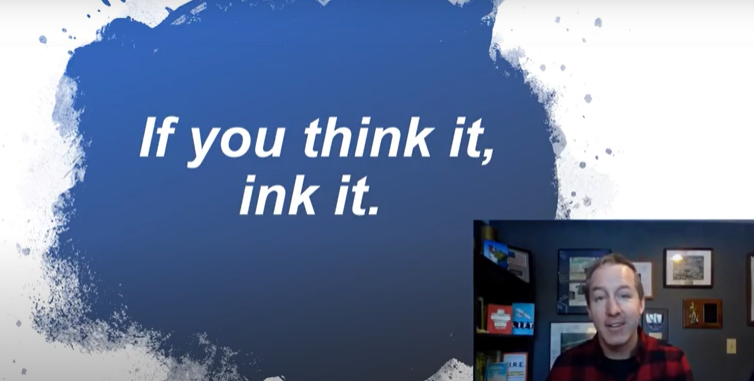

We’re having so much fun with these videos that we thought we’d offer another! This one is full of phrases to learn and use when facilitating a session using the ITK (or anything, really)

Failure Cake: A (video) History
We’ve eaten a lot of Failure Cakes, and written several posts about it. Now we’re happy to announce the World Premier of Failure Cake: A (video) History!

Experimentation
Last week’s video addressed the question “What is innovation?” This week, we’re taking a look at a related topic – experimentation.

What Is Innovation?
Last week we posted a video about the most frequently asked question. This week’s video addresses a question that doesn’t get asked often enough: What is innovation?

ITK’s Most Frequently Asked Question
As part of our continuing effort to shake things up and experiment with new stuff, this week’s blog post… is a vlog post!
